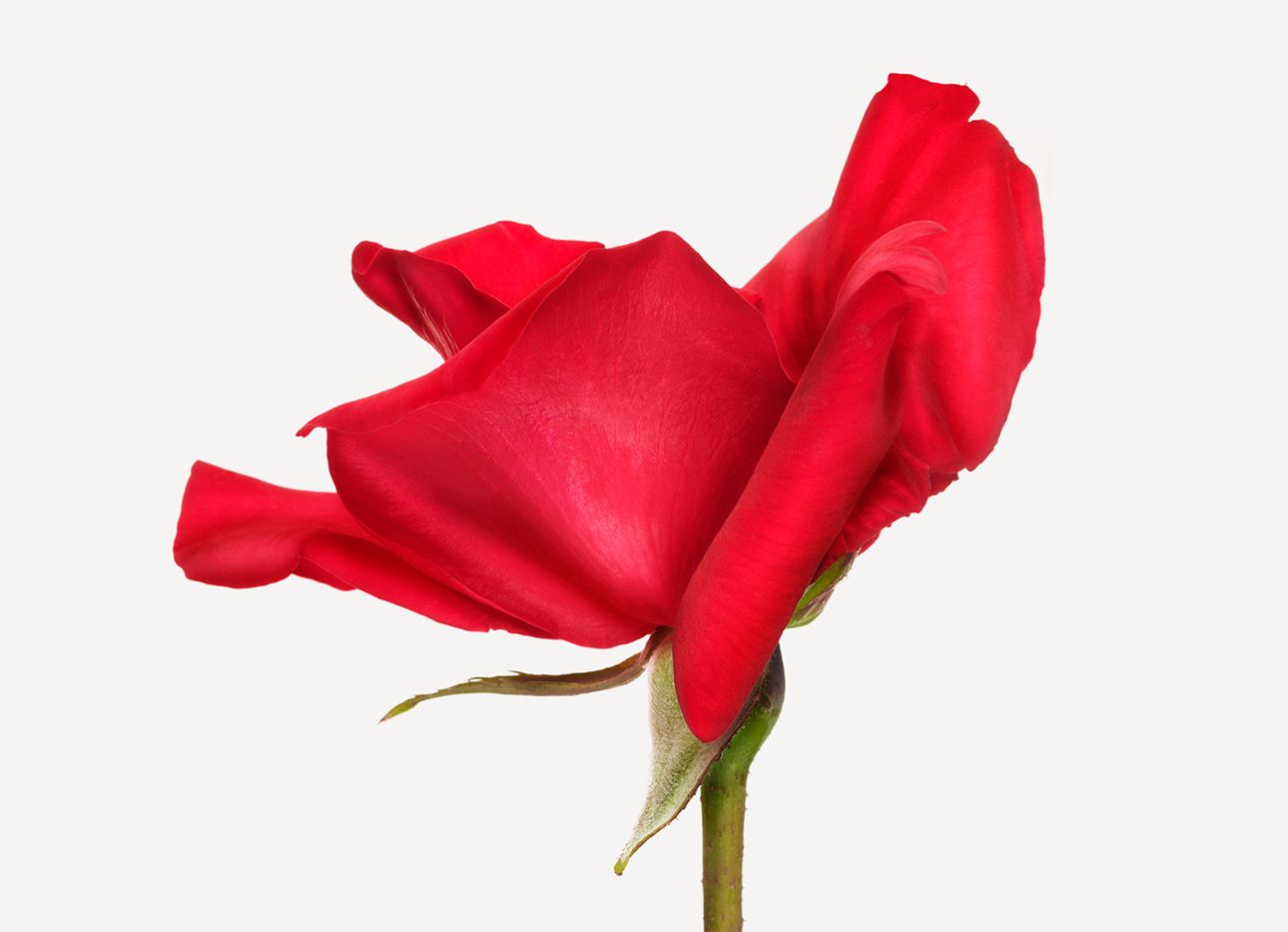
Why Roses Are Synonymous With Love
Gardener, rose expert and the author of several books on roses, Stephen Scanniello has had a hand in creating some of the world’s most famous rose gardens, including the Peggy Rockefeller Rose Garden at the New York Botanical Garden and the Elizabeth Park Conservancy in West Hartford, Connecticut. Here, he shares a bit of the long and colorful history of roses.
When did roses first come to be associated with love and romance?
Throughout history, and as far back as the Middle Ages, roses have been a symbol of love, of secrecy, and of honesty. Roses were prominent in communicating many different things. It’s the really wonderful fragrance that puts it at the top of the list for romance. And they were also an ingredient in sex and love potions that were used way back in time. Nowadays, such a “rose potion” might come in the form of body fragrances or lotions aimed at a “feminine” audience. You don’t see roses in many men’s products, although there was a rose in the thirties that was named for [actor, vaudeville performer, and humorist] Will Rogers, and they refer to it as a “real man’s rose.”
Why do you think that is—does it smell different from other roses?
I don’t know, I think they probably ran out of ideas. [Laughs] It’s a beautiful rose. I mean, it’s hard as hell to grow, but it’s one of those black-red roses.
What are some other famous roses in history?
There’s one rose called the Rosa Mundi, and it was named for Fair Rosamund, traditionally known as Fair Rosamund’s Rose, which then got shortened to Rosamund, and now it’s Rosa Mundi. She was the mistress of King Henry II of England, and the legend is that when she was poisoned by the Queen and subsequently buried, this rose appeared on her grave, smelling wonderful. Another old romantic story revolves around the Sombreuil—technically, it’s called Mademoiselle de Sombreuil—and it was named for a woman who saved her father’s life from the guillotine by drinking a goblet of his blood. It’s a pure white rose.
Then there was Empress Josephine. At her gardens in Château de Malmaison, outside of Paris, she grew lots and lots of roses, and many of them were sent to her from England with rather stuffy names, like the Rosa Alba Incarnata. She was not into this scientific approach, so she changed the names of many of these roses, and this one became the Cuisse de Nymphe Emue, which means “the blushing sigh of an aroused nymph.”
Given the ubiquity of roses and the tens of thousands of varieties found around the world today, what would you consider the rarest rose?
A truly rare rose? I have one in bloom right now. In the Elizabeth Park greenhouses, I have two roses from two plants of the same variety in full bloom, and it’s a rose that was discovered in Bermuda on a property called Belfield. Bermuda was once the crossroads area of everybody going east, west, north, south, and a lot of plants they left behind acclimated. There are quite a few roses in this collection of pass-along plantings whose origins are unknown. They didn’t come with name tags attached to them, but they’re great roses, perfect for drought and heat.
This particular Belfield rose is rather simple—it has maybe eight or nine petals, it blooms wide open, and is not your classic cut-flower rose. But it doesn’t stop blooming if it’s the right climate (and that climate, for us, would be in a greenhouse). We think it actually had its origins in China and made its way to Bermuda, and eventually to England and France with the tea trade. This red rose was called, back then, Slater’s Crimson China. We can’t exactly say that what we have from Bermuda is that rose—it looks a lot like it—but the only thing we have to compare to it are botanical drawings of the original, which died off and was lost to commerce, once bigger and better came along. So we think that what we have is one of those roses, and if this particular rose is Slater’s Crimson China, it’s the great-grandaddy of every red rose in the world. All of the Valentine’s Day red roses in the world can be traced back to this flower.